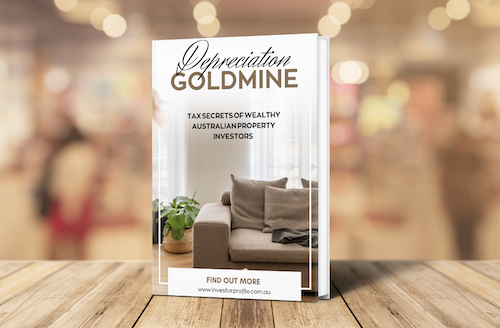How a $100K Salary Transformed Into a $1.8M Property Portfolio in 17 Years
In a market where strategic borrowing and disciplined saving can create life-changing opportunities, one investor turned a modest salary into a multi-million dollar property portfolio. This journey, marked by calculated moves and timely refinancing, showcases the impact of interest rate adjustments and tax benefits on property investments.
Current Market Context
As of April 2025, the Reserve Bank of Australia (RBA) has settled the cash rate at 4.10% after a 25 basis point reduction in February. Analysts predict further declines – potentially down to 3.35% by the year’s end – creating a favorable climate for property investors.
Impact on Property Investing
- Past high rates made borrowing expensive and dampened investor enthusiasm.
- Prospective rate cuts signal cheaper loan options and could drive renewed investment activity.
Negative Gearing Considerations
- Definition: Negative gearing allows investors to set off rental losses against their taxable income.
- High Interest Environment: Increased loan costs lead to larger tax deductions at the expense of cash flow.
- Low Interest Environment: Better cash flow makes negative gearing more sustainable over time.
Historical Interest Rate Trends in Australia
- Early 2000s: 6%–7%
- 2008–2010: around 3%
- 2011–2015: 2%–4.75%
- 2016–2019: approximately 1%
- 2020–2022: record low at around 0.10%
- 2022–2023: increased to 4.35%
- 2025: stabilized at 4.10%, with expectations to drop to near 3.35%
Mortgage Comparison Example – $400K Loan
| Rate | Monthly Payment | Total Interest (30 yrs) |
|---|---|---|
| 4.35% | $1,998 | ~$316,640 |
| 4.10% | $1,950 | ~$301,135 |
| 3.35% | $1,774 | ~$239,105 |
James's Investment Journey
James began his foray into property investments in 2008, steadily building a robust portfolio by leveraging negative gearing and strategic refinancing.

Discover the #1 tax secret wealthy Australian property investors use to grow their portfolios faster — even in a high interest rate environment.
- Learn how to turn wear and tear into wealth
- See real examples of $15,000+ first-year deductions
- Understand how to structure your purchases for maximum after-tax ROI
Download Your Free Wealth Building Guide
This ebook reveals how to legally slash your tax bill while building long-term wealth through property. Learn the strategies savvy investors use to gain an edge — even before settlement.
- Maximise tax deductions and improve cash flow
- Understand Division 40 vs 43 and how to claim both
- Position yourself to reinvest and scale faster
First Property (2008)
- Purchase Price: $350,000
- Loan: $315,000 at 6.5%
- Annual Rent: $18,200
- Rental Loss: Approximately $6,275, which provided a tax deduction around $1,976
- Strategy: Primarily targeted long-term capital appreciation
Second Property (2016)
- Purchase Price: $450,000
- Loan: $405,000 at 4.0%
- Annual Rent: $22,500
- Outcome: Achieved a positive cash flow of approximately $1,800
Third Property (2021)
- Purchase Price: $600,000
- Loan: $540,000 at 2.5%
- Annual Rent: $30,000
- Outcome: Generated a significantly positive cash flow of roughly $11,500
Rate Shock Period (2023–2024)
A surge in rates up to 4.35% led to a temporary cash flow shortfall of about $10,000 annually. In response, James refinanced his loans and adjusted rental rates to stabilize his portfolio.
2025 Portfolio Snapshot
- Total Property Value: Approximately $1.8M
- Total Loan Balance: Around $1.2M
- Equity: Roughly $600K
- Annual Rental Income: About $70,700
- Overall Cash Flow: Slightly positive
Income & Total Gains (2008–2025)
- Property 1 Rent: $309,400
- Property 2 Rent: $202,500
- Property 3 Rent: $120,000
- Total Rental Income: $631,900
Estimated Capital Gains by 2025
- Property 1 Gain: $350,000
- Property 2 Gain: $225,000
- Property 3 Gain: $100,000
- Total Capital Gain: $675,000
Combining rental income with capital gains, the portfolio has delivered an approximate gross return of $1.3 million.
Key Takeaways
"Smart borrowing, disciplined savings, and leveraging available equity were cornerstone strategies in building this portfolio. While negative gearing initially provided essential tax breaks, maintaining yield and optimizing refinancing later on proved equally important."
Interested in exploring your own investment strategy? Connect with us to discuss further.


